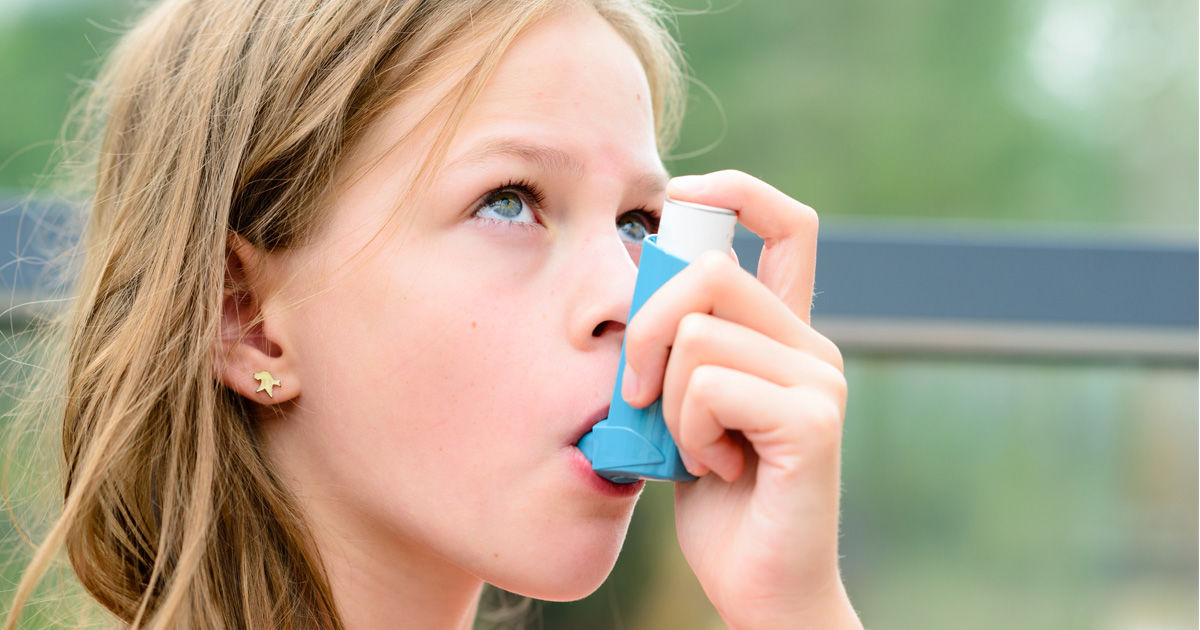Fruit and vegetable intake and asthma – evidence from Europe and Latin America
Asthma is a chronic disease of the airways, characterised by recurrent attacks of breathlessness and wheezing. The disease affects a growing number of children and adults from affluent nations and from low- and middle- income countries, causing a burden on quality of life and a health cost. Fruit and vegetable (F&V) intake is widely recommended to preserve health and reduce the risk of diseases. There is increasing evidence suggesting that specific components found in F&V preserve lung function, thus reducing the risk of chronic respiratory diseases later in life. Due to their rich content of nutrients and biocompounds with antioxidant and anti-inflammatory, it is possible that F&V might also help reduce the risk of asthma or attenuate its related symptoms. Asthma, however, is a complex, multi-factorial disease, often presented with allergic conditions (eczema, food allergies), which are difficult to manage and prevent. This article summarises the evidence from two multi-national studies that examined the association of F&V intake in European adults, and in Latin American children.
Association of F&V intake and asthma in European adults – The GA2LEN Study1
In the European Global Asthma and Allergy Network of Excellence (GA2LEN) Study1, investigating risk factors for allergic diseases, 3,206 adults answered a questionnaire on respiratory symptoms and general health. An asthma score was built based on their answers on self-reported asthma symptoms (increasing from 0 to 5). Chronic rhino-sinusitis (CRS) was also studied. Using an internationally validated food frequency questionnaire (FFQ), usual intake of a list of 68 F&V was enquired. Using statistical models of regression, the association of F&V intake (≥5 times/week vs. less often) and asthma score and CRS was investigated, taking into account the potential confounding effect of variables such as body mass index, total energy intake from diet, and socio-economic status, amongst other factors. In this sample, 22.8% of participants reported having at least 1 asthma symptom (asthma score ≥1), whilst 19.5% had CRS.
After adjustment for potential confounders, the study reported that having a higher asthma score (i.e. more asthma symptoms) was negatively associated with intake of total fruits. Similarly, participants were less likely to have CRS if they consumed dried fruits more often. After taking into account multiple testing, these associations were no longer statistically significant.
Association of F&V intake and asthma-related symptoms Latin American children – the ISAAC Phase III Study
In the Latin American arm of the worldwide International Study of Allergy and Asthma in Children (ISAAC) Phase III2, the association of F&V intake and asthma-related symptoms was investigated in a sample of younger (6-7y) and older (14-15y) children from eleven countries. Information on dietary habits and current wheeze, chronic rhino-conjunctivitis, and eczema, was collected through standardised questionnaires.
The study reported findings from over 140,000 children. The risk of having current wheeze was lower in younger, and in older children (15% and 11%, respectively) who reported eating fruits ≥ 3 times/week, compared to those who ate fruits less often. In children aged 6-7y, a regular intake of vegetables (≥ 3 times/week) was also associated with a lower prevalence of current wheeze. A more frequent intake of fruits in this group was also associated with a 36% lower prevalence of eczema. Conversely, intake of fast-food was positively associated with a higher prevalence of wheeze in adolescents.
This study showed that a higher intake of F&V was associated with a lower prevalence of allergic symptoms in Latin American children.
F&V consumption might reduce asthma and allergic symptoms
A higher intake of F&V might contribute to reduce the burden of asthma and some allergic symptoms. The findings from these population-based studies in children and adults suggest that a diet generous in F&V should be encouraged from childhood.

